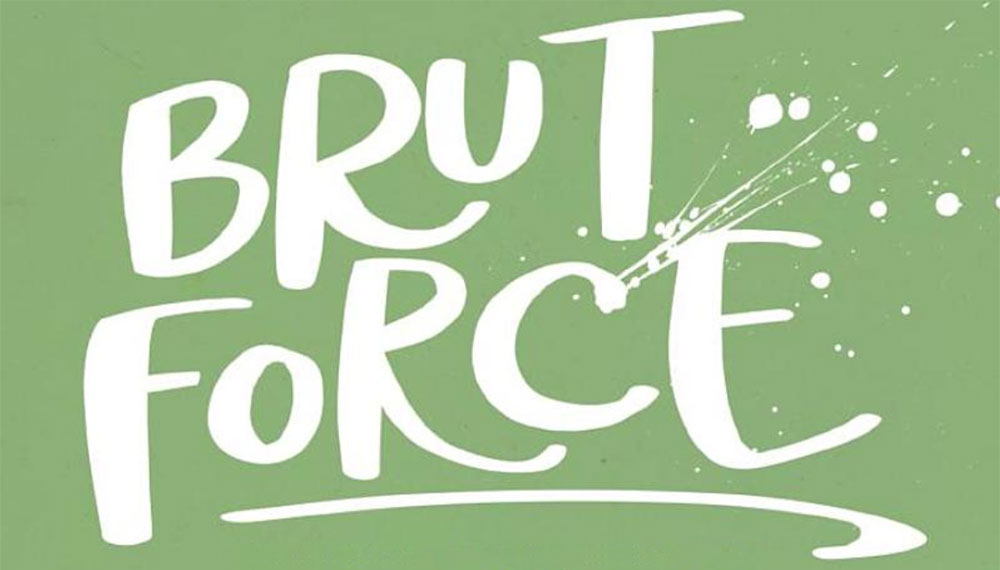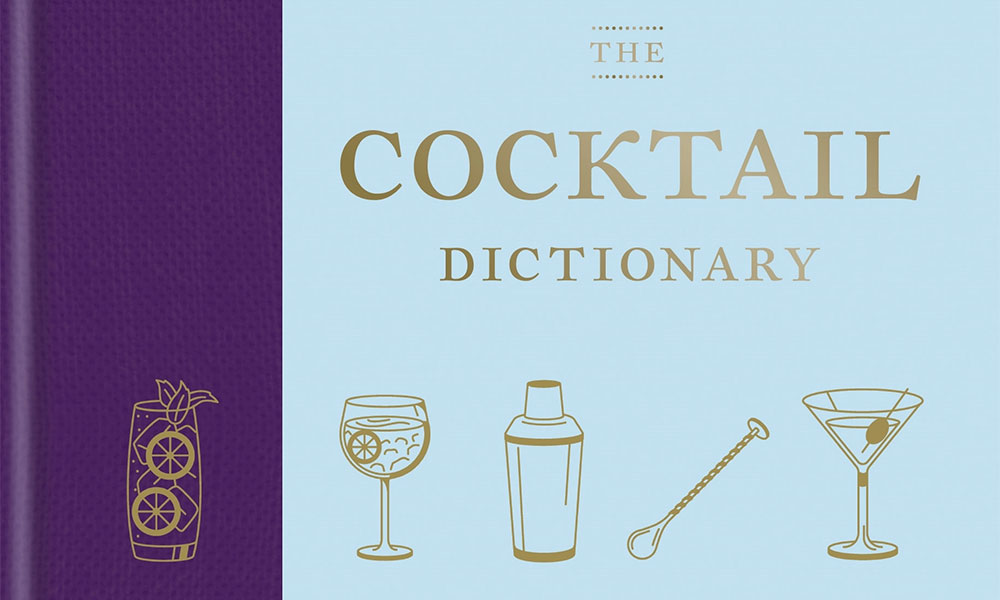For those not familiar with Le Nez du Vin, this is a series of aroma and learning tools created by, Jean Lenoir, a Frenchman originally from Burgundy who has been a wine educator most of life. The goal is to give people a core breakdown of aromas in complex liquids via little vials reminiscent of perfumes as seen in this latest release, aptly called, “Oak“. While the “du Vin” in the name would lead one to believe it to be all about wine, they’ve also created these for coffee and […]


